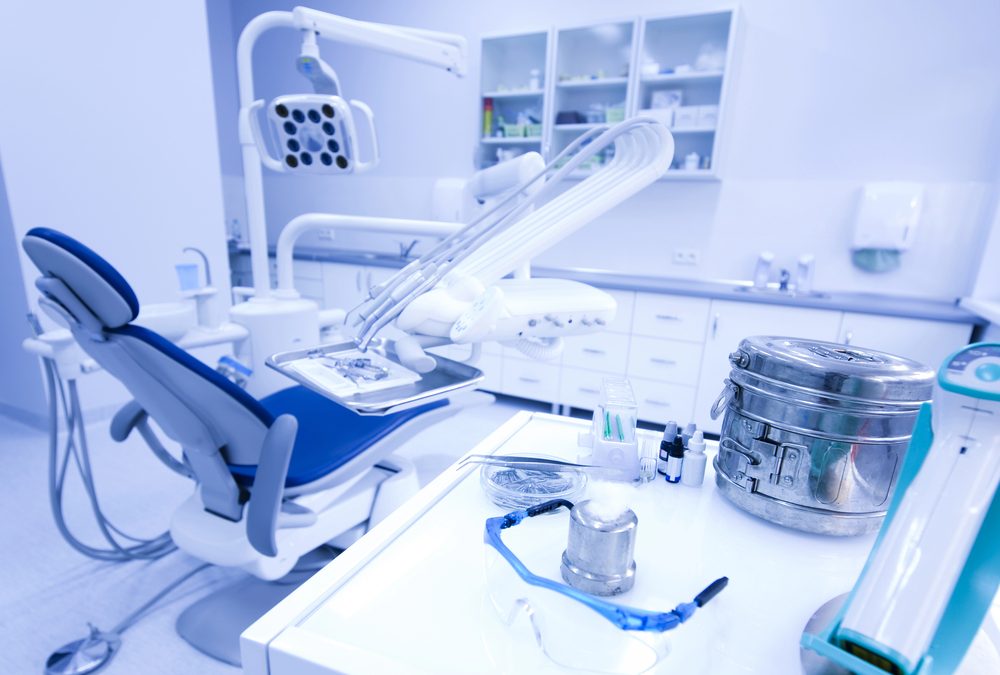In recent years, intra-oral imaging has dramatically transformed the landscape of modern dental practice. What was once a profession reliant on mirrors and X-rays has evolved into a high-tech environment where real-time images can be captured, analyzed, and shared with unprecedented accuracy. From diagnostics to patient communication, intra-oral imaging is now a cornerstone of advanced care—and it’s playing a pivotal role in reshaping workflows, outcomes, and even the way dentists market their services. At the heart of this transformation lie innovations like digital smile design and an evolving dental digital marketing strategy, both of which are leveraging intra-oral visuals to build better smiles and stronger practices.
The Power of Visual Precision in Dentistry
Intra-oral imaging involves the use of small, high-resolution cameras placed inside a patient’s mouth to capture detailed photos or videos of teeth and gums. These images provide clinicians with a clear, magnified view of hard-to-see areas, allowing for more accurate diagnoses and treatment planning. This is a stark contrast to the traditional reliance on dental mirrors and 2D radiographs, which offer limited visibility and can sometimes miss subtle pathology.
For patients, the advantages are equally compelling. Viewing their dental conditions in real-time on a screen fosters greater understanding and trust in the dentist’s recommendations. By literally seeing the problem areas, patients are more likely to commit to necessary treatments—making intra-oral imaging a powerful tool not just for clinical outcomes, but for case acceptance as well.
Intra-Oral Imaging and Digital Smile Design
One of the most exciting applications of intra-oral imaging is its integration with digital smile design (DSD). Digital smile design is a technology-driven approach that enables dentists to plan aesthetic treatments based on digital scans, photographs, and videos of a patient’s oral structure. With the help of intra-oral images, dentists can map out every detail of the smile—from tooth alignment to gum contours—and create a customized design that aligns with the patient’s facial features, personality, and goals.
Intra-oral cameras supply the high-definition input needed for precise DSD workflows. These images help dental professionals create 3D simulations of the final result, which can then be shown to patients before any procedure begins. This not only enhances patient satisfaction but also improves clinical predictability.
By pairing intra-oral imaging with digital smile design, practices can deliver faster, more accurate, and highly personalized cosmetic treatments. It’s a leap forward from the traditional trial-and-error method, putting both patient and dentist in control of the aesthetic journey.
Boosting Practice Growth with Visual Content
Beyond clinical use, intra-oral imaging has also become a valuable asset in a practice’s dental digital marketing strategy. Today’s patients are increasingly tech-savvy and visually driven. They want to see real results, understand their conditions, and visualize improvements. Practices that utilize intra-oral imaging can showcase before-and-after photos, treatment progressions, and real patient stories in their marketing content.
These authentic, high-quality visuals significantly boost engagement on websites, social media, and email campaigns. They also provide credibility and transparency, which are key components in building trust with potential patients. When a practice incorporates real intra-oral images into their content strategy, they set themselves apart in a competitive market and appeal to a more informed, empowered clientele.
Additionally, intra-oral visuals can be a powerful tool for SEO (search engine optimization). When properly tagged and integrated into a website or blog, these images improve content relevance and help the practice rank higher on search engines. This means greater visibility, more traffic, and ultimately, more patient conversions.
Streamlining Workflow and Patient Experience
From a workflow perspective, intra-oral imaging simplifies documentation and communication within the dental team. Images can be stored in a patient’s digital record and accessed instantly by hygienists, dentists, or specialists. This level of coordination enhances consistency and continuity of care.
Patients also benefit from a more modern, interactive experience. When intra-oral images are displayed on a monitor during a consultation, the dentist becomes more of a guide than a technician. The process becomes collaborative, with the patient actively participating in the decision-making process. This shift toward co-diagnosis builds stronger relationships and improves long-term retention.
A Future Built on Visual Technology
As dental technology continues to evolve, the role of intra-oral imaging will only grow in importance. Innovations such as AI-powered image analysis and augmented reality overlays are already in development, offering even more ways to enhance precision, speed, and patient engagement.
For dentists looking to stay ahead, investing in intra-oral imaging is no longer optional—it’s essential. Whether used for digital smile design, improving diagnostics, or enhancing your dental digital marketing strategy, this technology offers a future-forward solution that benefits both clinical excellence and business growth.
Intra-oral imaging has redefined what modern dentistry looks like. It brings clarity to diagnosis, creativity to treatment planning, and credibility to marketing efforts. More than just a camera, it’s a communication tool, a marketing asset, and a clinical necessity. By embracing intra-oral imaging, dental practices are not only elevating patient care—they’re revolutionizing the very experience of dentistry in the digital age.

